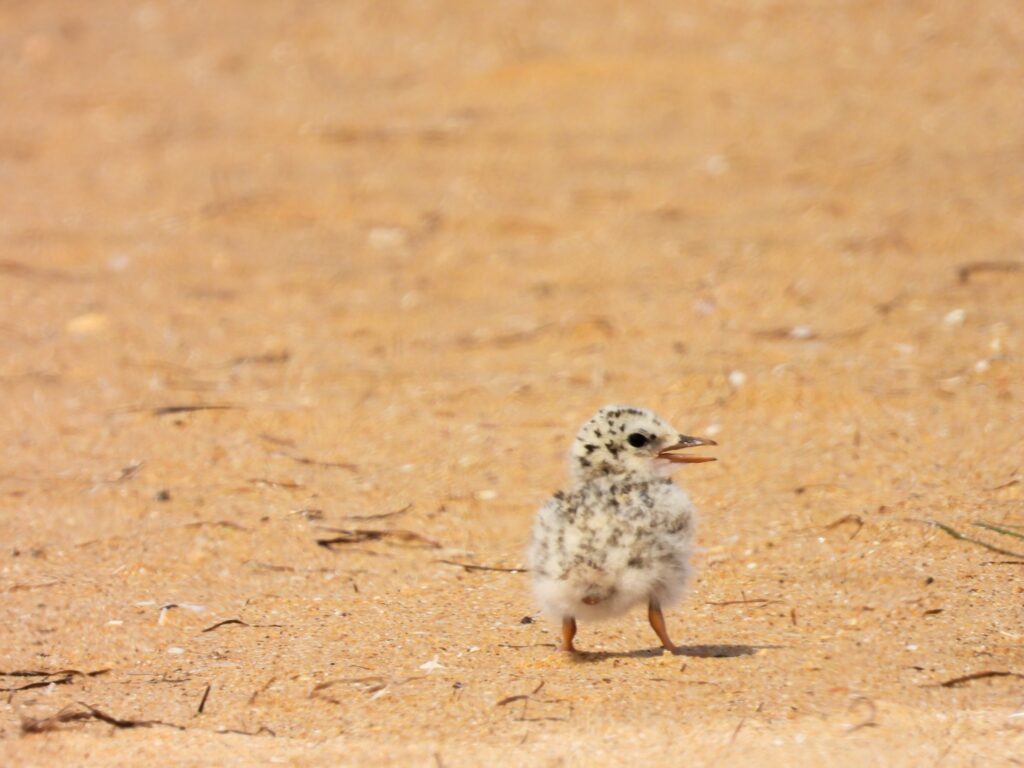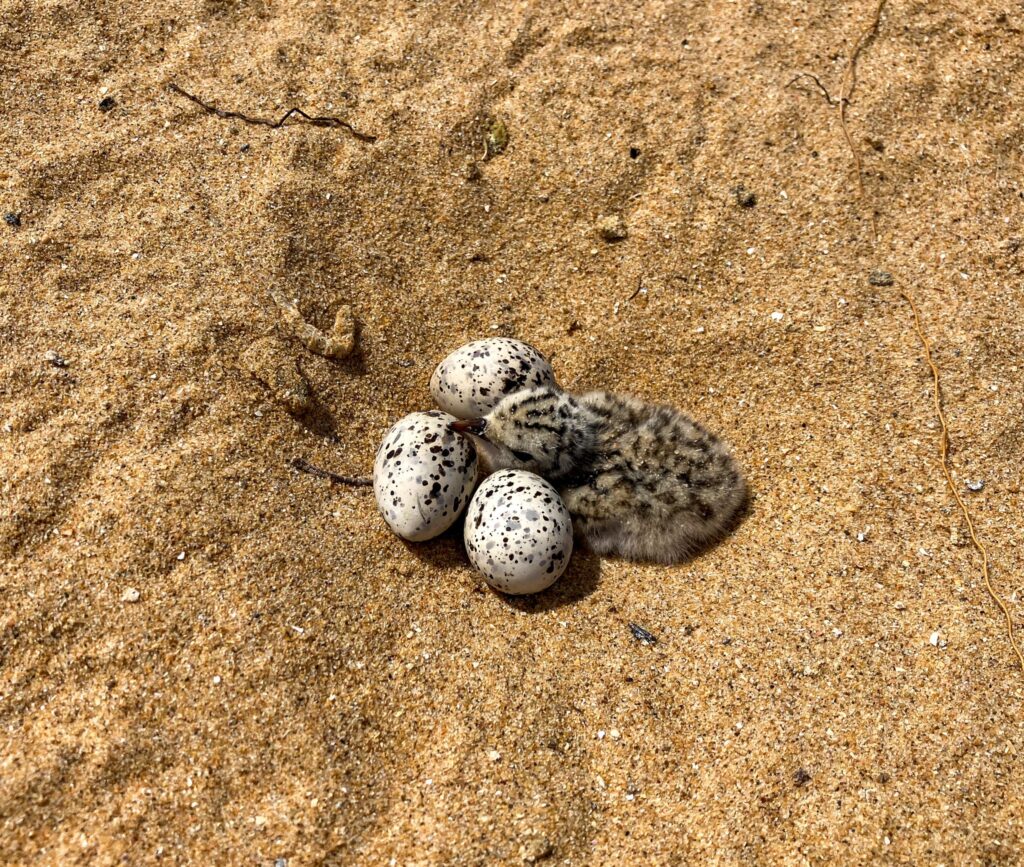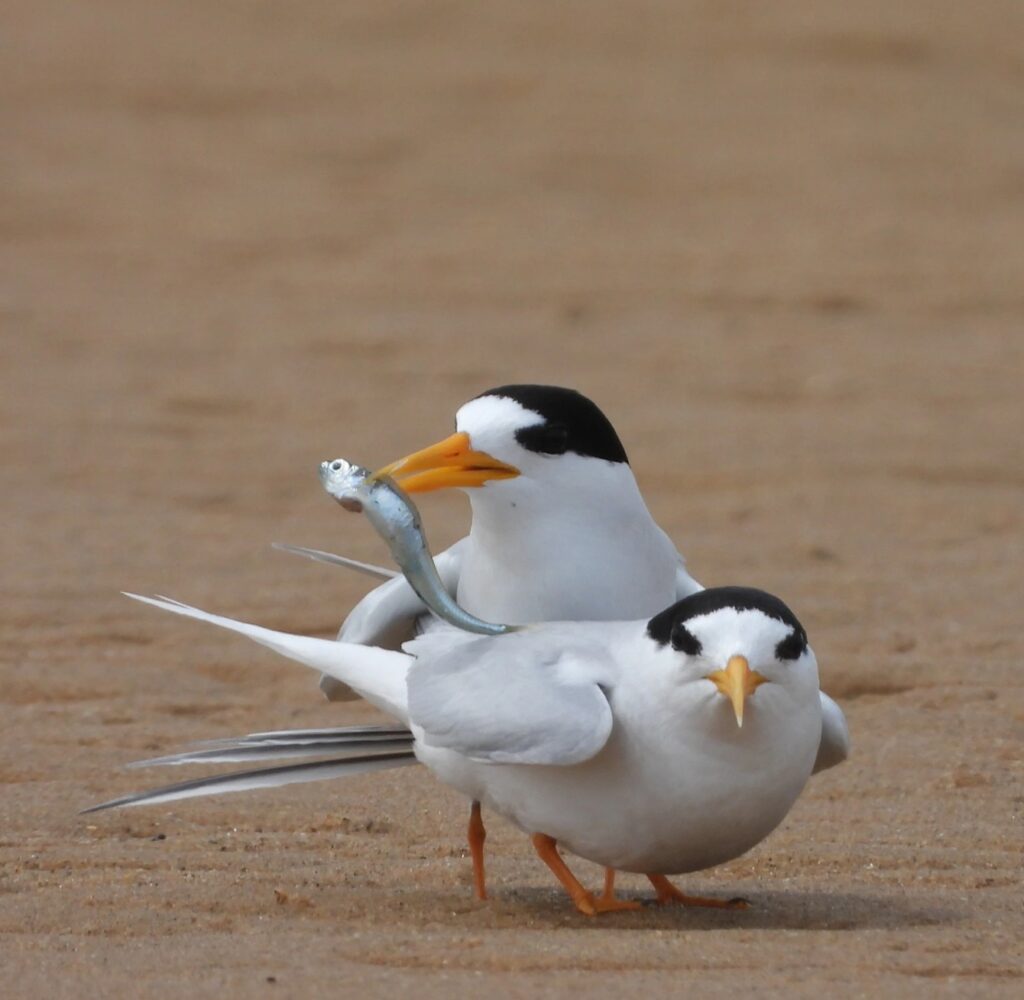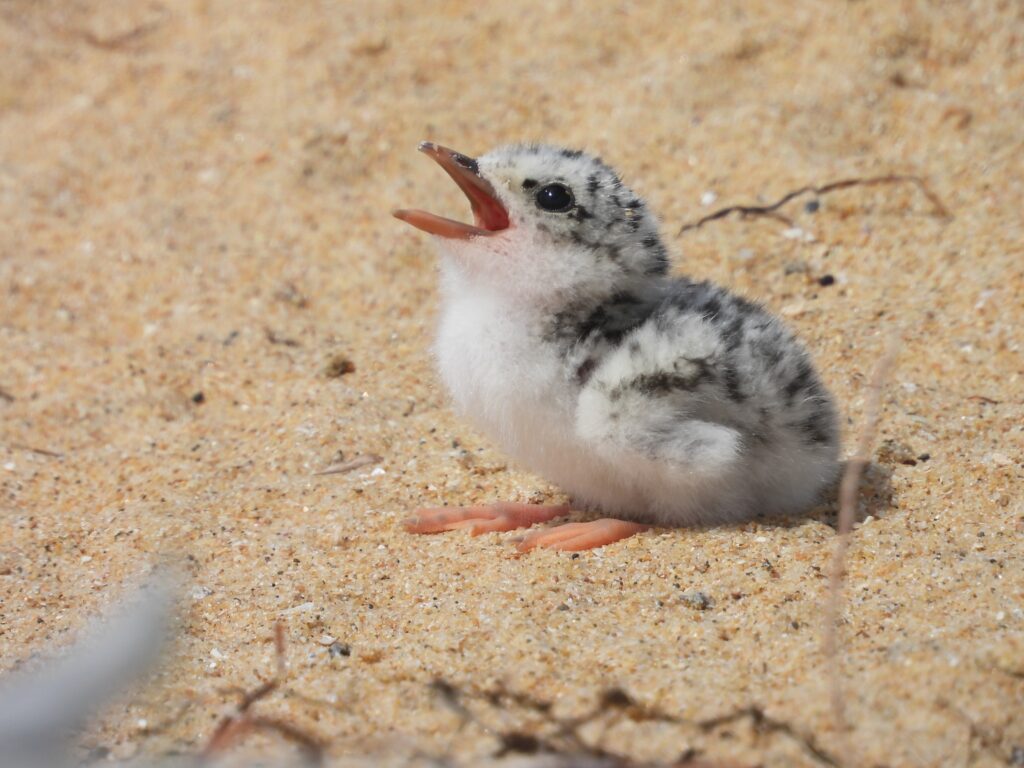Phillip Island Nature Parks is celebrating a monumental conservation milestone, with 65 critically endangered fairy tern chicks successfully fledging at a newly extended breeding site – the first time since 2020. This achievement marks a turning point for the species, thanks to habitat improvements and collaborative efforts to protect these vulnerable seabirds.


The expanded breeding site, twice the size of the Melbourne Cricket Ground, was developed after high tides inundated nests in 2023. By moving the habitat away from the shoreline, the Nature Parks created a safer environment for the terns to thrive.
Since 2016, Phillip Island has been the only site in Western Port and Port Phillip to see successful fairy tern breeding, with 31 pairs fledging 49 chicks in 2019/20.
Jessica McKelson, General Manager of Conservation, highlighted the importance of collaboration in this success. “Most importantly, these successes would not be possible without collaboration. We cannot do this important work alone, and the community has been central to our many achievements over the past year,” she said.

The fairy tern project is one of many successes outlined in the 2024 Threatened Species Report. Other highlights include the reintroduction of 12 Critically Endangered bush stone-curlews, a record-breaking breeding season for hooded plovers, and the thriving population of Endangered Eastern barred bandicoots.
The project was supported by a $55,000 investment from the Victorian Government’s Nature Fund, alongside partnerships with Birdlife Australia, Bunurong Land Council Aboriginal Corporation, the Penguin Foundation, and Melbourne Water.
“Together, these results demonstrate what can be achieved when we work together for a shared thriving and biodiverse future,” McKelson added.
Phillip Island’s conservation efforts continue to set a benchmark for protecting threatened species, proving that collaboration and community involvement can make a lasting impact.

